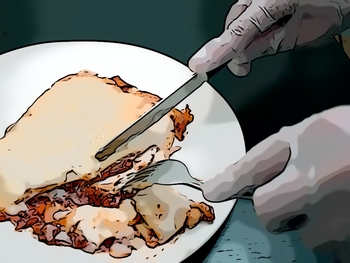Section: New Results
Reducing Affective Responses to Surgical Images through Color Manipulation and Stylization
Participants : Lonni Besançon [Linköping University Norrköping, Sweden] , Amir Semmo [Hasso Plattner Institute, University of Potsdam, Germany] , David Biau [Assistance Publique – Hôpitaux de Paris, France] , Bruno Frachet [Assistance Publique – Hôpitaux de Paris, France] , Virginie Pineau [Institut Curie, France] , El Hadi Sariali [Assistance Publique – Hôpitaux de Paris, France] , Rabah Taouachi [Institut Curie, France] , Tobias Isenberg, Pierre Dragicevic [correspondant] .
We presented the first empirical study on using color manipulation and stylization to make surgery images more palatable [38]. While aversion to such images is natural, it limits many people's ability to satisfy their curiosity, educate themselves, and make informed decisions. We selected a diverse set of image processing techniques, and tested them both on surgeons and lay people. While many artistic methods were found unusable by surgeons, edge-preserving image smoothing gave good results both in terms of preserving information (as judged by surgeons) and reducing repulsiveness (as judged by lay people). Color manipulation turned out to be not as effective.
This study is an initial investigation but opens up exciting avenues for future research. These include supporting surgery videos, other types of medical images than open surgery (e.g., skin diseases), as well as disturbing imagery outside the medical domain, such as offensive user-generated content that can psychologically impact professionals who monitor it.
All supplemental material is on the OSF page: osf.io/4pfes/.



